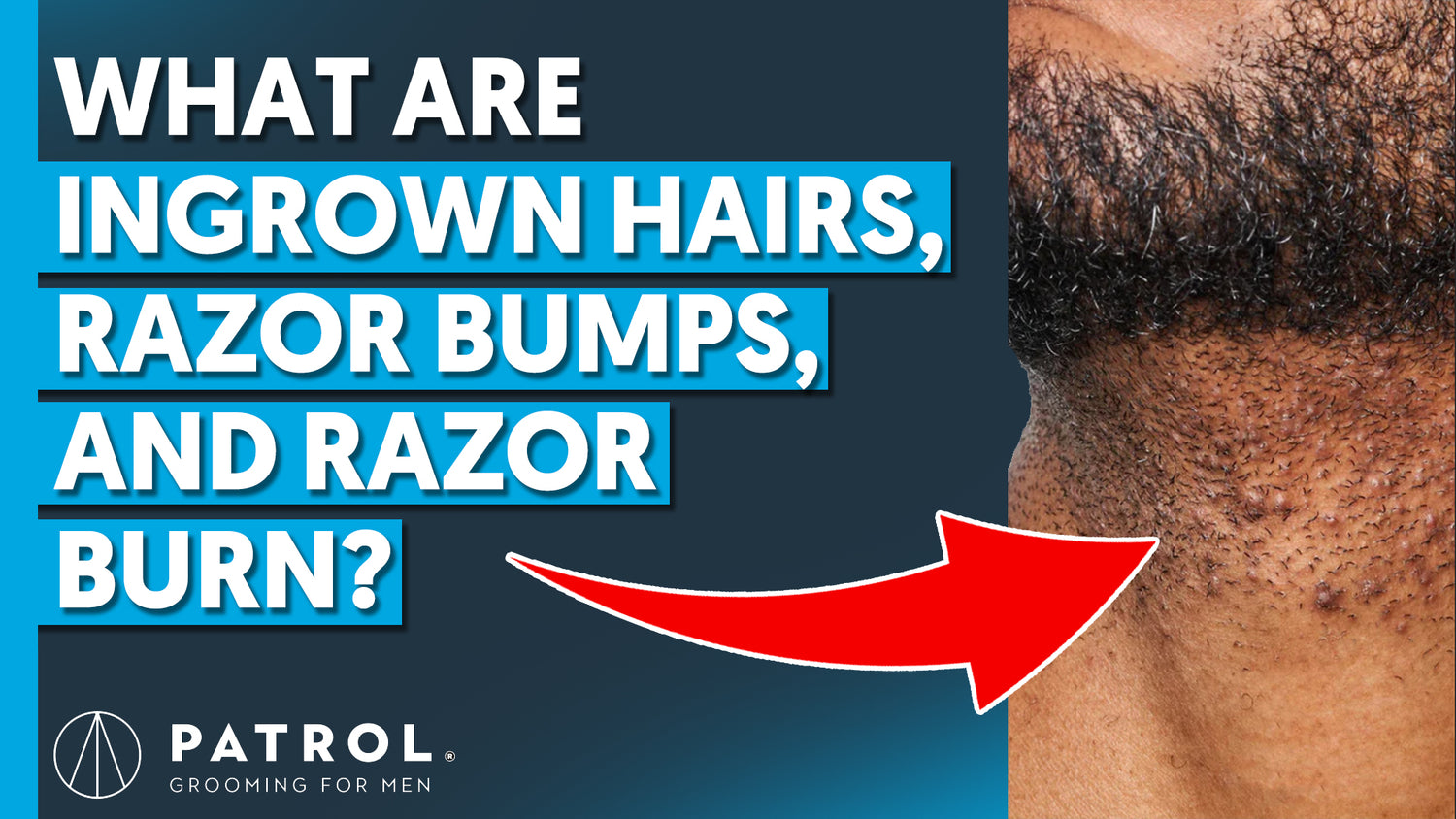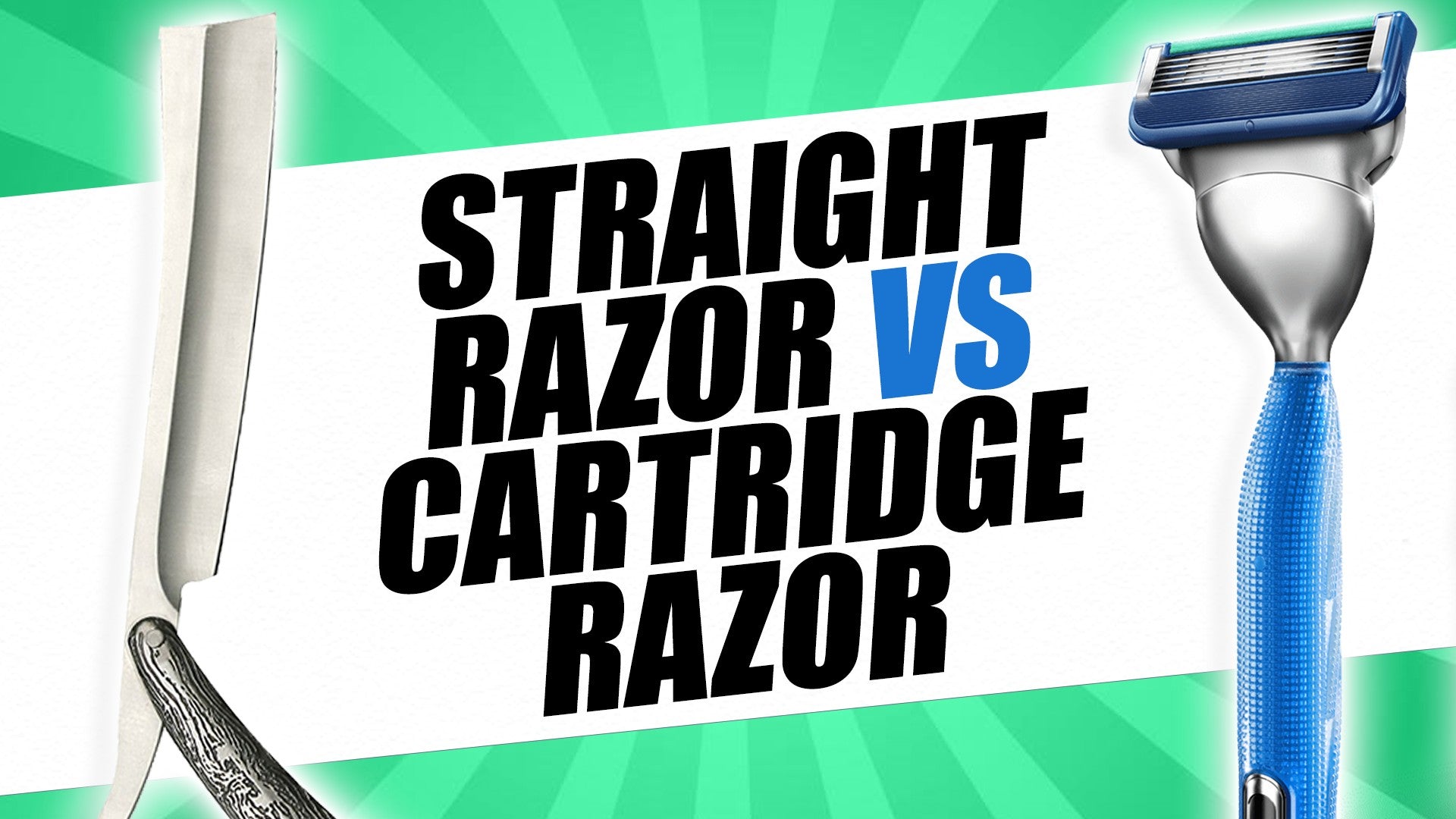Ingrown hairs are hairs that have curled around and grown back into the skin instead of rising up from it. They can occur when hair is cut too close to the skin, or when it is naturally curly and grows back into the skin. Ingrown hairs can cause redness, swelling, and discomfort, and can sometimes lead to infection if not treated properly. They are most common in areas where hair is regularly removed, such as the face, armpits, and pubic area. There are several ways to get rid of ingrown hairs, depending on their severity and location. Some common methods include:
1. Exfoliating the skin regularly: This can help to remove dead skin cells and other debris that can clog pores and prevent hairs from growing properly.
2. Using a warm compress: Applying a warm compress to the affected area can help to soften the skin and hair, making it easier to remove the ingrown hair.
3. Using tweezers or a sterilized needle: If the ingrown hair is visible, you can carefully try to remove it using tweezers or a sterilized needle. Be sure to clean the area thoroughly before and after to avoid infection.
4. Applying an over-the-counter product: There are many products available that can help to treat ingrown hairs, such as creams containing salicylic acid or glycolic acid. These can help to exfoliate the skin and promote healthy hair growth.
It's important to avoid picking at or scratching ingrown hairs, as this can cause irritation and infection. If you are unsure how to treat an ingrown hair or if it does not improve with home remedies, it's best to consult with a healthcare provider for advice.
Razor bumps, also known as ingrown hairs, are a common issue that can occur after shaving. They are caused when the hair is cut too close to the skin and then grows back into the skin, instead of rising up from it. Razor bumps can cause redness, swelling, and discomfort, and can sometimes lead to infection if not treated properly. While they are not necessarily "normal," they are a common issue that many people experience, particularly those with sensitive skin or curly hair. To help prevent razor bumps, it's important to use a sharp, clean razor, to prep the skin before shaving, and to shave in the direction of hair growth. It's also a good idea to avoid going over the same area multiple times, and to moisturize your skin after shaving to help prevent irritation.
Razor burn is a common skin irritation that can occur after shaving. It can cause redness, itching, and a burning sensation, and can sometimes lead to bumps or ingrown hairs. To help prevent and treat razor burn, you can try the following tips:
1. Use a sharp, clean razor: Using a dull or dirty razor can increase your risk of razor burn, as it can pull on the hairs and cause irritation. Be sure to replace your razor blades regularly, and rinse them thoroughly after each use.
2. Prep your skin before shaving: Wet your skin with warm water to soften the hairs and open up the pores. You can also apply a shave gel or cream to help lubricate the skin and protect it from the razor.
3. Shave in the direction of hair growth: Shaving against the grain can increase the risk of razor burn, as it can cause the razor to pull on the hairs and irritate the skin. Instead, shave in the direction that the hairs are growing, using gentle strokes and rinsing the razor frequently.
4. Avoid going over the same area multiple times: Shaving over the same area repeatedly can cause irritation and increase your risk of razor burn. Instead, try to shave as efficiently as possible, using long, smooth strokes and rinsing the razor frequently.
5. Moisturize your skin after shaving: After you finish shaving, rinse your skin with cool water to help close the pores and soothe any irritation. Then, apply a moisturizer to help hydrate and protect your skin. Look for products that are designed for sensitive skin, and avoid using alcohol-based products, which can be drying.


